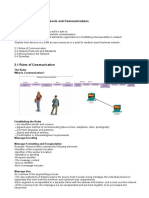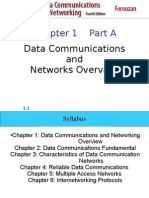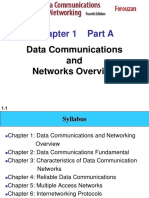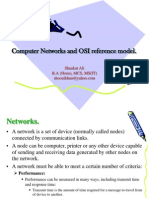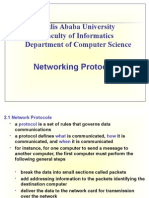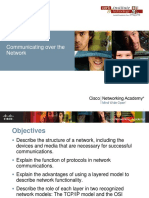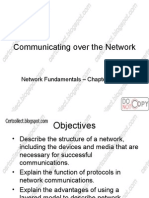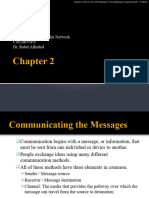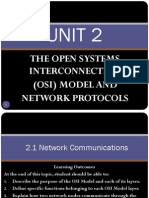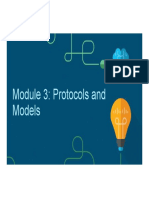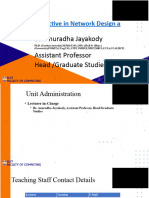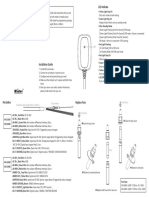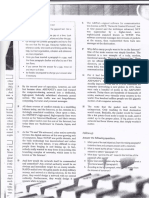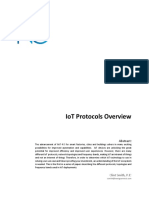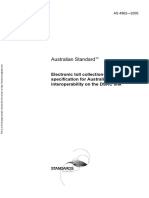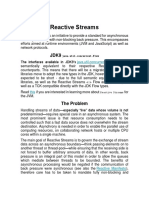0% found this document useful (0 votes)
37 views39 pagesChapter 2 - Network Protocols and Communications
2
Uploaded by
freelance.edurodriguez01Copyright
© © All Rights Reserved
We take content rights seriously. If you suspect this is your content, claim it here.
Available Formats
Download as PDF, TXT or read online on Scribd
0% found this document useful (0 votes)
37 views39 pagesChapter 2 - Network Protocols and Communications
2
Uploaded by
freelance.edurodriguez01Copyright
© © All Rights Reserved
We take content rights seriously. If you suspect this is your content, claim it here.
Available Formats
Download as PDF, TXT or read online on Scribd
/ 39
